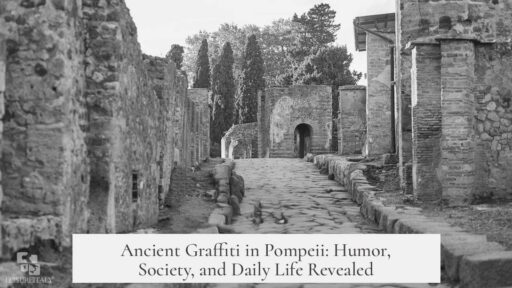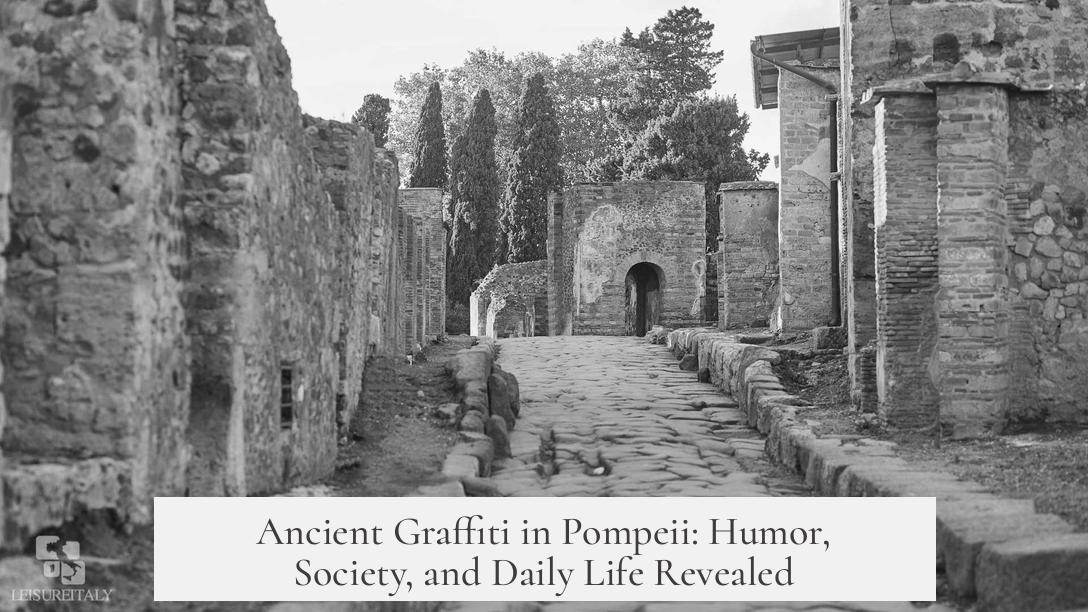Ancient graffiti in Pompeii is hilarious and fascinating because it reveals candid, raw glimpses of daily life, humor, relationships, and social attitudes from nearly 2,000 years ago. These inscriptions range from playful expressions of friendship to sharp insults, jokes on sexuality, and sharp observations, offering a vivid window into Pompeii’s vibrant society before the eruption of Mount Vesuvius in 79 AD.
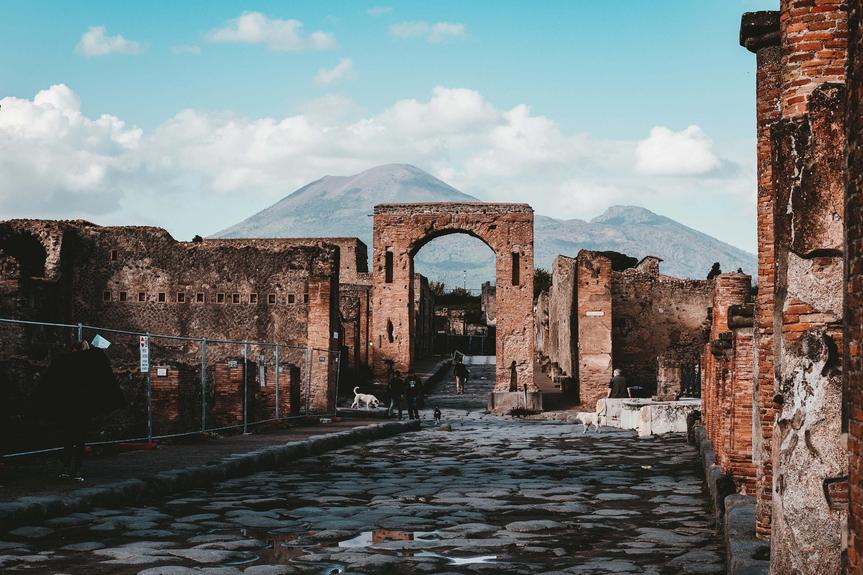
The graffiti often celebrates friendships and relationships with heartfelt yet amusing notes. For example, one inscription reads, “We two dear men, friends forever, were here. If you want to know our names, they are Gaius and Aulus.” This simple statement of camaraderie shows how the bonds of friendship were publicly cherished. The tone of some inscriptions, like calling a strong friendship a “cute bromance,” adds humor to this ancient evidence.
Humor and insults are common themes. Many messages are surprisingly direct and crude by modern standards but were clearly popular jokes back then. One inscription humorously declares, “Weep, you girls. My penis has given you up. Now it penetrates men’s behinds. Goodbye, wondrous femininity!” Others express frustration or irritation with biting insults. Examples include “Chie, I hope your hemorrhoids rub together so much that they hurt worse than ever before!” and “Samius to Cornelius: go hang yourself!” These witty, often harsh jabs underline how humor and mockery were used socially.
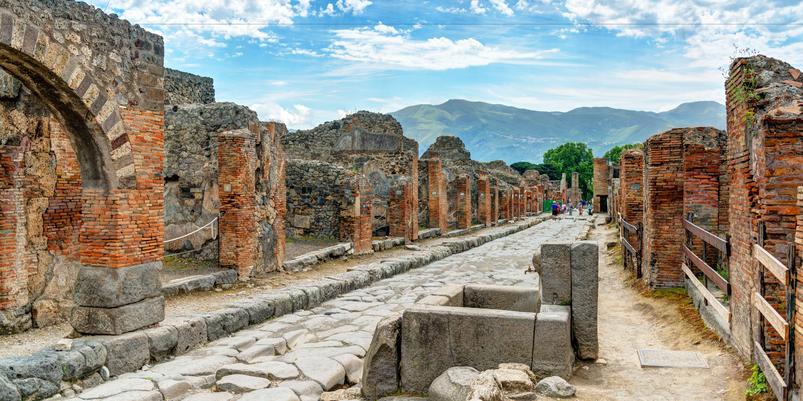
Graffiti also captures everyday life and simple observations. For example, the phrase “A small problem gets larger if you ignore it” shows universal wisdom. One humorous confession reads, “We have wet the bed, host. I confess we have done wrong. If you want to know why, there was no chamber pot.” Such notes illustrate common concerns and mundane realities with a touch of levity. Other writings reveal humorous comments on people’s skills or daily acts, like “Epaphra is not good at ball games,” or even “On April 19th, I made bread.”
Sexuality and prostitution form another prevalent subject. Explicit endorsements and boasts are found on walls, such as “I screwed a lot of girls here” and detailed advertisements of services, for example, “If anyone wants a screw, he should look for Attice; she costs 4 sestertii.” Some graffiti shares crude compliments or invitations, including “Myrtis, you do great blow jobs,” highlighting how open Pompeians were about sexual matters. These notes provide rare evidence of the roles and perceptions surrounding sex and commerce in the city.

Curses, warnings, and superstitions also appear among the scribblings. Threats like “To the one defecating here. Beware of the curse. If you look down on this curse, may you have an angry Jupiter for an enemy,” reflect social norms and taboos connected to public behavior. Another warning says, “The one who buggers a fire burns his penis,” combining humor and superstition. These inscriptions show how Pompeians used graffiti to regulate behavior with humor and fear.
Reflections on graffiti itself reveal that people even mocked and appreciated the act of writing on walls. One inscription remarks, “O walls, you have held up so much tedious graffiti that I am amazed that you have not already collapsed in ruin.” This meta-commentary signals that graffiti was a recognized and persistent feature of urban life. Scholars note that such writings indicate a relatively high degree of literacy among common Romans, as the volume and variety suggest many citizens could read and write basic messages.
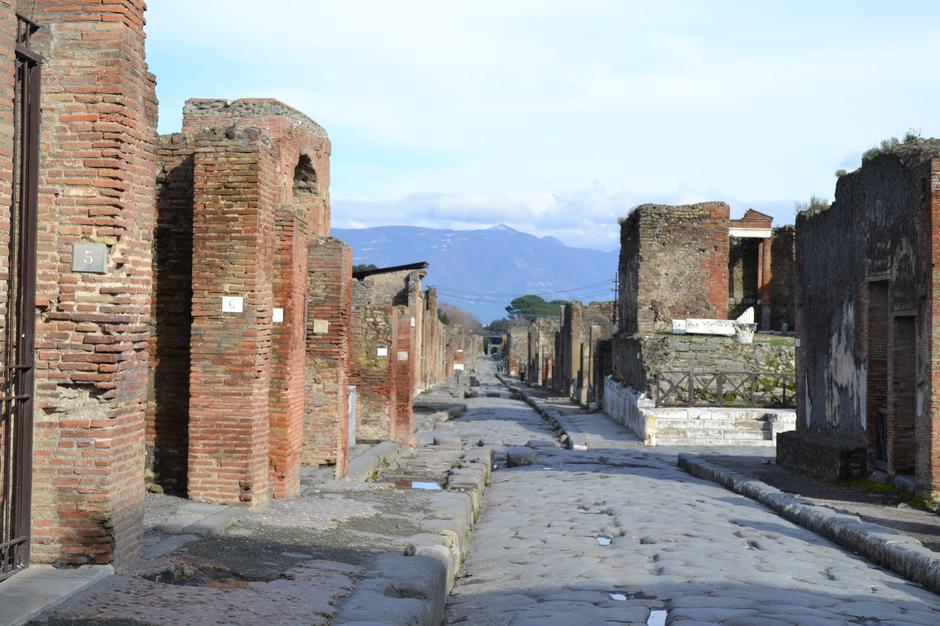
The enormous variety and candid content of Pompeii’s graffiti make it relevant and relatable today. They show a society with humor, grievances, desires, and a need to communicate that parallels modern life.
- Pompeii’s graffiti reveal friendships, humor, insults, and social bonds.
- Many writings are explicit, covering sexuality and prostitution openly.
- Graffiti includes everyday observations and sharp social commentary.
- Curses and warnings reflect social control through humor and superstition.
- The abundance of inscriptions suggests widespread basic literacy.
- Pompeii’s graffiti connects ancient life with modern human nature.
Ancient Graffiti in Pompeii Is Hilarious and Fascinating
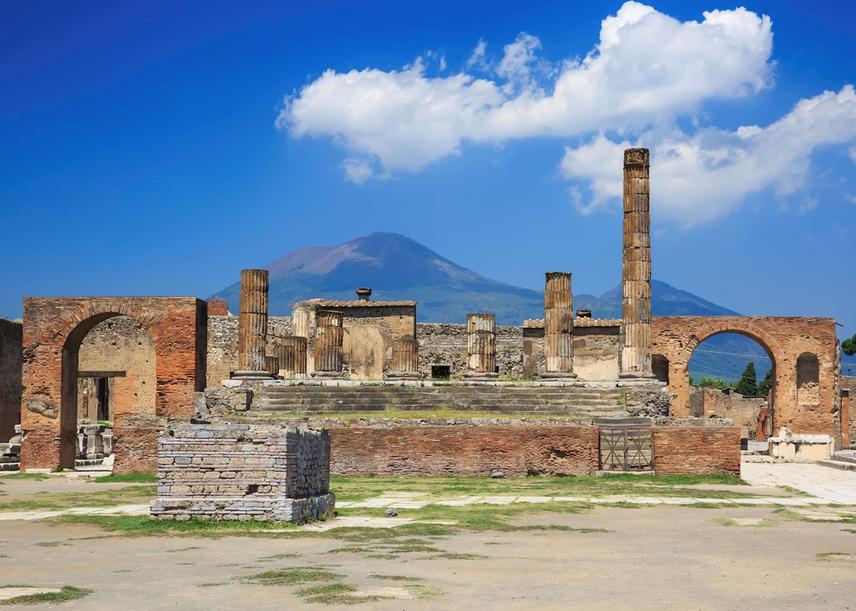
Ever wondered what the ancient Romans were texting about? Well, their version was graffiti—and in Pompeii, it’s downright hilarious and fascinating. These scribbles reveal so much about friendships, insults, daily life, and even the raunchy side of Roman society. Reading them is like peeking through time, where humor and honesty flow freely on walls.
Pompeii’s graffiti strips away the burnished veneer of history and shows real people being… well, real. Here’s a dive into why this ancient public scribbling is pure gold.
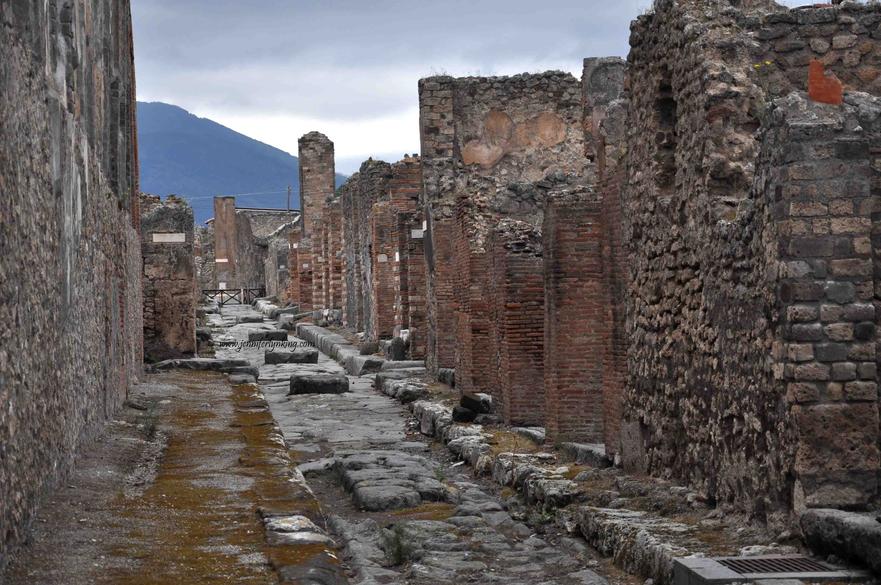
Friendships and Bromances in Stone
First, these graffiti highlight heartfelt friendships. One famous inscription says: “We two dear men, friends forever, were here. If you want to know our names, they are Gaius and Aulus.” The casual tone feels like a social media shoutout, but etched in stone.
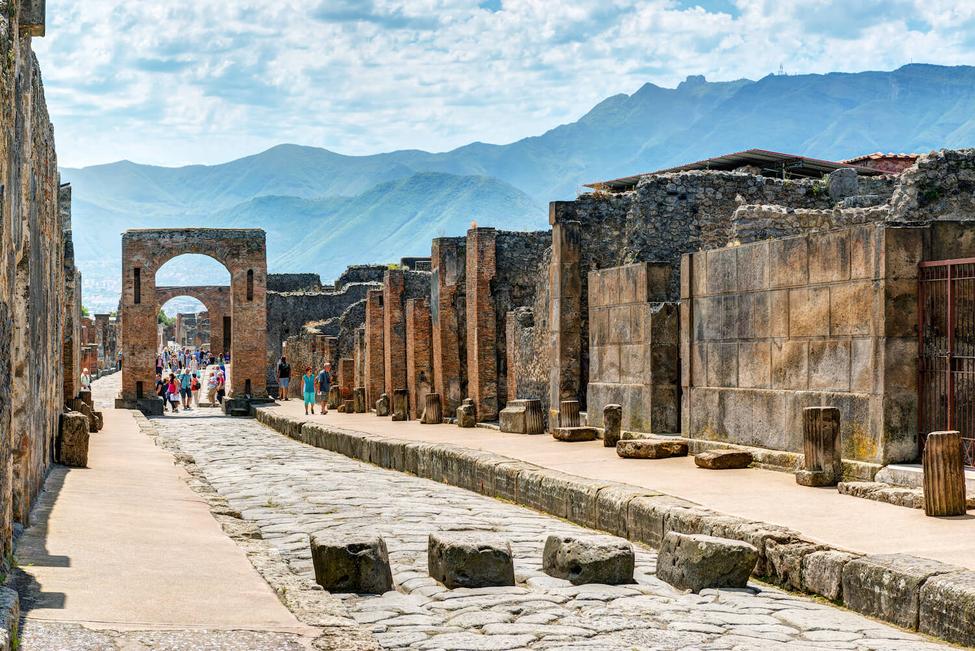
This isn’t just historical text; it’s a window into emotions and bonds. It’s the ultimate bromance immortalized: “That’s a cute bromance, haha,” one might say across centuries. Friendships didn’t need fancy pages; the nearest wall would do.
Roman Humor: Sharp, Naughty, and Sometimes Rude
Pompeii graffiti is packed with biting wit and scandalous humor. Check this out: “Weep, you girls. My penis has given you up. Now it penetrates men’s behinds. Goodbye, wondrous femininity!” It sounds like a punchline from a very risqué comedy show, centuries ahead of its time.
Bars were hotspots for complaints and insults. One painting shows two men quarrelling over cheating at gambling, with one bluntly telling the other: “suck my dick.” Not subtle, but brutally efficient. Likewise, Theophilus earned himself a public dressing-down: “Don’t perform oral sex on girls against the city wall like a dog.” Ouch.
And the insults? They sting. “Chie, I hope your hemorrhoids rub together so much that they hurt worse than ever before!” is one example. Or Samius’s terse message to Cornelius: “Go hang yourself!” Ancient Romans had zero filters.
Peeking into Everyday Life
These notes are not all brawls and bawdiness. Some graffiti reflects mundane daily events, making us realize people 2,000 years ago had similar concerns. One spot in the basilica advises: “A small problem gets larger if you ignore it.” Sound familiar?
Another confession reads: “We have wet the bed, host. I confess we have done wrong. If you want to know why, there was no chamber pot.” Yes, even ancient partygoers called out the inconvenience of poor facilities.
Sports and leisure get a mention too. “Epaphra is not good at ball games,” reads the critique in the basilica, and a gladiator proudly records: “On April 19th, I made bread.” Nothing fancy, just everyday life immortalized on walls.
Sexuality and Prostitution: Open and Unapologetic
Pompeii didn’t invent shamelessness; they perfected it. The graffiti chambers ooze raw sexuality, explicit to the point of shock today. One note simply confesses: “I screwed a lot of girls here.” Others promote business: “If anyone wants a screw, he should look for Attice; she costs 4 sestertii.”
Prostitutes like Restituta were directly addressed: “Take off your tunic, please, and show us your hairy privates.” And the casual vividness of “Myrtis, you do great blow jobs” could rival some modern-day blunt online reviews.
For those looking for “a good time,” instructions and addresses were literally written on the walls. This transparency in sexual commerce is fascinating and says a lot about Roman social norms.
Curses, Warnings, and Double Dare
Not all graffiti was friendly chatter. Pompeiians laid down curses like “Beware of the curse. If you look down on this curse, may you have an angry Jupiter for an enemy.” This was no joke—serious social warnings accompanied by a divine threat.
Another clever one warns: “The one who buggers a fire burns his penis.” A curious proverb, mixing caution with humor. Defecator even gets his due: “May everything turn out okay so that you can leave this place.” It’s like ancient call-outs mixed with ancient prayers to the gods.
A Mirror on Society and Literacy
One poignant reflection asks: “O walls, you have held up so much tedious graffiti that I am amazed you have not already collapsed in ruin.” Walls not only supported structures but also the weight of everyday voices.
This graffiti reveals that many Romans were literate enough to communicate complex thoughts despite popular belief otherwise. Graffiti functions as a barometer for literacy levels, and Pompeii’s evidence suggests basic reading and writing was common among average folks.
It’s also interesting how our modern graffiti rarely matches this impact or honesty. Someone notes humorously, “I feel the overall usefulness and general utility of graffiti has really gone downhill since ancient times.” Makes one wonder if we are doing graffiti wrong while civilization seems strangely familiar.
Why Should We Care About Pompeii’s Graffiti?
These inscriptions do more than entertain. They connect us to real people—flawed, funny, and very human. They strip history down to its raw essence. Reading Pompeii’s graffiti feels like texting with a neighbor from 2,000 years ago, full of snark, love, and the messy stuff of life.
Next time you see graffiti, remember Pompeii’s walls that hold ancient stories of bromances, brutal insults, mundane woes, and unabashed sexuality. It’s a timeless reminder: humanity hasn’t changed much, but our walls sure tell some fascinating stories.
What kinds of friendships are shown in Pompeii’s graffiti?
Some graffiti celebrate close male friendships. For example, two friends, Gaius and Aulus, wrote that they were “friends forever.” These inscriptions reflect personal bonds in ancient times.
How does Pompeii’s graffiti use humor and insults?
Many messages contain crude jokes and harsh insults. One graffito mocks a man named Theophilus for bad behavior. Others include bawdy remarks about sex and sharp curses.
What everyday activities are recorded in Pompeii’s graffiti?
Graffiti mention daily routines like playing ball games or making bread. Some even confess small mistakes, such as wetting the bed due to lack of a chamber pot.
Did Pompeii’s graffiti address sexuality openly?
Yes. Many inscriptions advertise prostitutes or describe sexual encounters without shame. For instance, one invites readers to visit a woman named Attice for paid services.
Were warnings or curses common in Pompeii’s graffiti?
Yes. Some graffiti serve as curses or warnings to others, using threats invoking gods like Jupiter to punish those who disrespect certain spots or behaviors.
